Tree Dedication
Dedicate a tree and support its role in the ecosystem of The Green. Tree dedications, which are $10,000 and renewable after 10 years, include a digital certificate for your species of choice and onsite signage with donor or honoree name with an opportunity for a special inscription. Please note that there are limited quantities of each tree species. Once purchased, we will be in touch to determine where your dedication signage will be placed and what the message will say. Limited quantities of each tree species below are available.
Tree Species Available
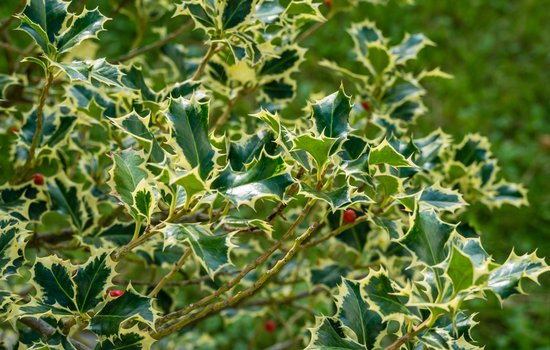
A beloved native known for decking the halls, this native tree offers high wildlife value to pollinating insects, is a larval host to Henry's elfin butterfly and provides a good source of winter food for birds. Latin name: Ilex opaca.
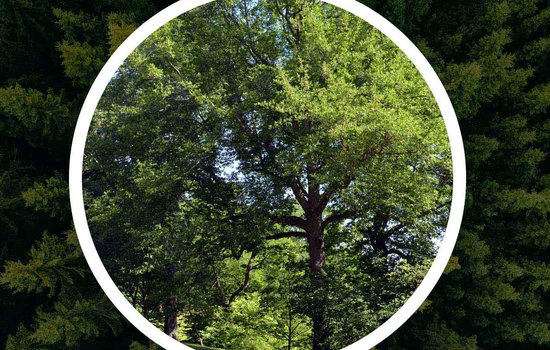
This native species provides exceptional fall color. Bees produce tupelo honey from its nectar. The tree hosts 25 species of caterpillars and is a popular tree for cavity nesting birds such as the brown thrasher, Bicknell's thrush, wood thrush and northern flicker. Latin name: Nyssa sylvatica.

This native–selected for its early blooming flowers and fall cover–provides high value to pollinating insects, including native bees and early season butterflies. The tree offers a nesting site, nesting materials and shelter for birds and mammals. Latin name: Cercis canadensis.
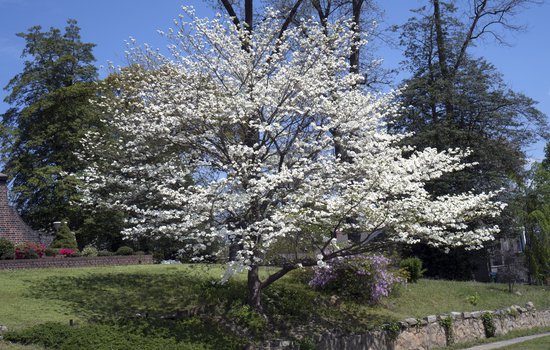
The Virginia state tree selected for showy white and pink flowers and fall colors attracts pollinators and fall birds, which feed on its berries. This native is the larval host to 115 native caterpillar species, including spring azure and summer azure. Latin name: Cornus florida.
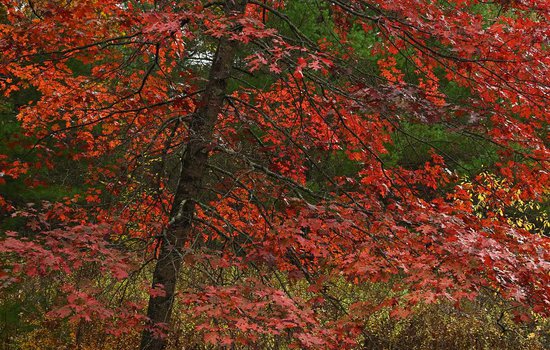
This native broadleaf tree is fast growing for an oak and has extraordinary autumn color. Their acorns are a food source for many wildlife species including squirrels, blue jays and woodpeckers. Typical lifespan for this oak species is 80 years, so these trees sequester a lot of carbon dioxide. Latin name: Quercus coccinea.
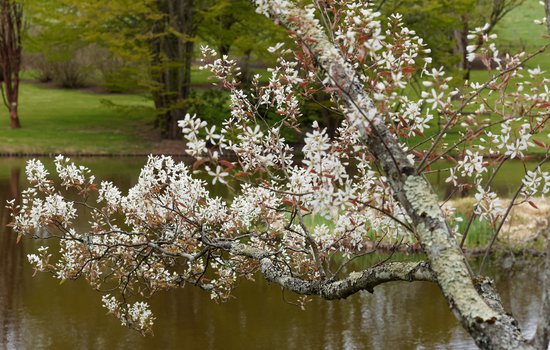
Sometimes called juneberries, this native species offers exceptional fall color, showy white flowers and attractive fruit that sustains wildlife. At least 40 bird species feed on the tree's berries including towhees, cedar waxwing and cardinals. Latin name: Amelanchier canadensis.
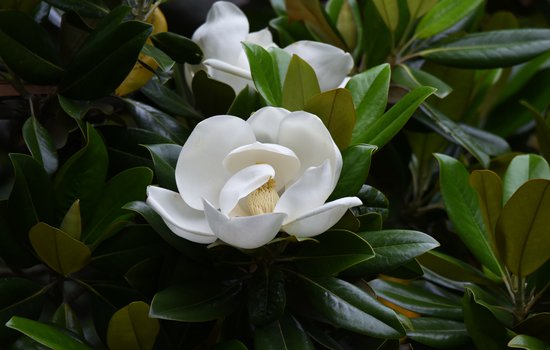
This native evergreen tree produces solitary, velvety-white, fragrant flowers in early to mid-summer followed by dark red fruits exposing bright red seeds in the fall. The fruit, seeds and insects the tree attracts all provide valuable food sources for birds like the eastern kingbird, eastern towhee and northern flicker. Latin name: Magnolia virginiana.
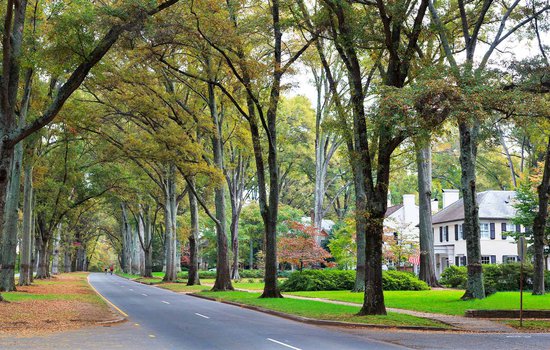
The stately native willow oak will form The Green’s prominent allée. Willow oaks have narrow willow-like leaves with a bristle-like hair at the end of the foliage that turn a bronze color in fall. It is a long-lived tree often used as a shade tree in parks, golf courses and as a street tree. This tree is a high-value wildlife tree for birds and mammals. Latin name: Quercus phellos.
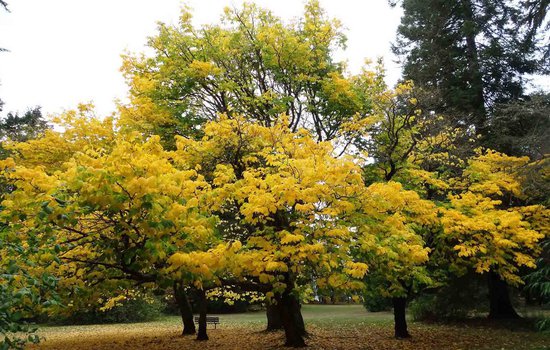
This native shade tree is showy in both the spring with its floral display and in the autumn when its leaves turn yellow-orange. It provides nesting sites for songbirds as well as high quality pollen and nectar in its intensely fragrant wisteria-like blooms that pollinators can't resist. Latin name: Cladrastis kentukea.
For information on larger naming opportunities, please contact Sue Rockwell at 804.864.1548 or [email protected].
Photo credits: American holly: ©MarinoDenisenko | Adobe Stock; black tupelo: ©Plant Image Library | Flickr; eastern redbud: Getty Images; flowering dogwood: Getty Images; persimmon: ©torjrtrx | Adobe Stock; serviceberry in bloom: ©Marc | Adobe Stock; sweetbay magnolia: ©tamu | Adobe Stock; tulip poplar: Getty Images; willow oak: Getty Images; yellowwood: ©Mark Ahlness | Flickr.
Other Ways to Support The Green
Your gift of any size in support of The Green is a gift to the entire city. Together we will create a free, urban park for all that will support the health of our planet and ourselves.
